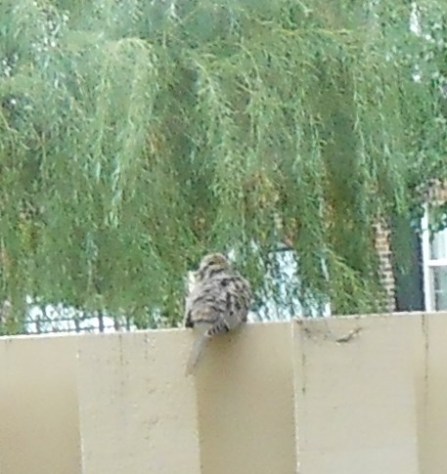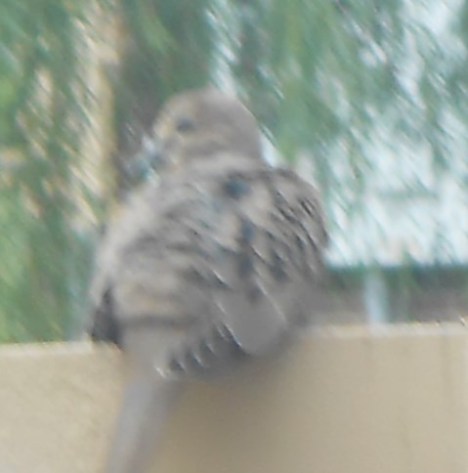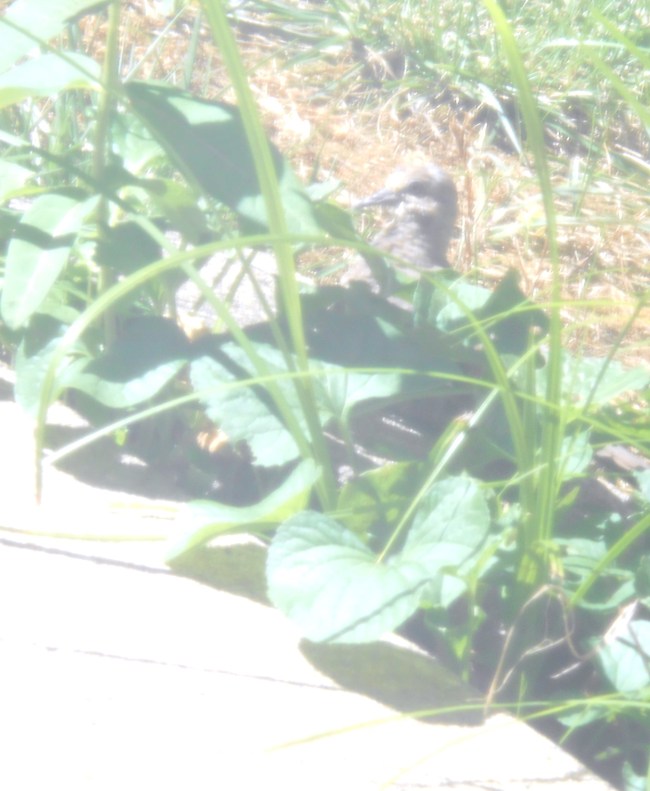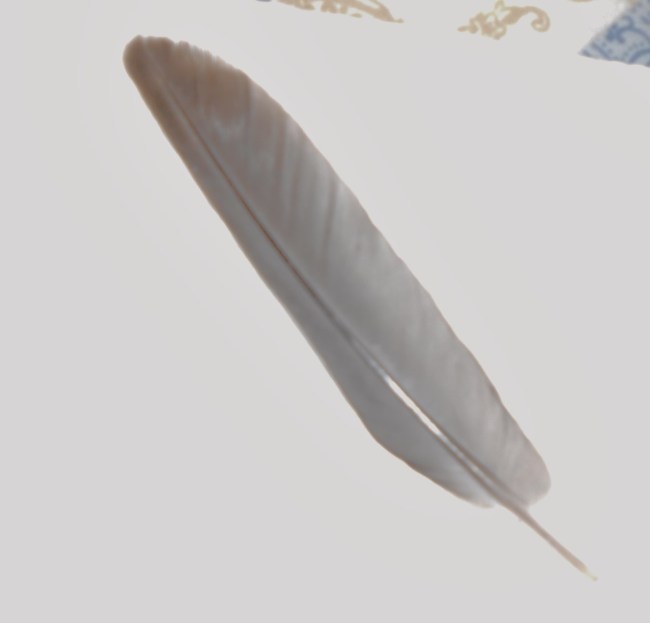Today little guy or girl is perched on our fence he she came back today. And is currently perched out on our patio fence.
they are from what I found out also protected by The MIGRATORY BIRD TREATY ACT.
I have not been able to determine the sex of the little bird due to it still having it’s baby feathers. But I can from what I just saw fly off.lol
If he she should happen to return after the loss of baby feathers I shall try in catch another photo of em. There also was something else interesting that I learned they do return to the same place year after year. So I may see them again.



